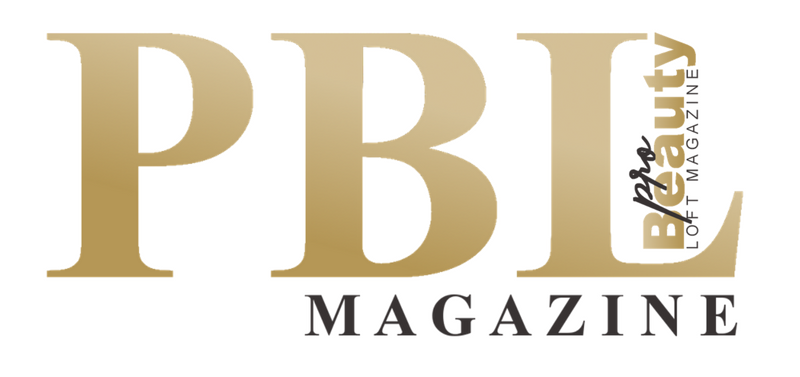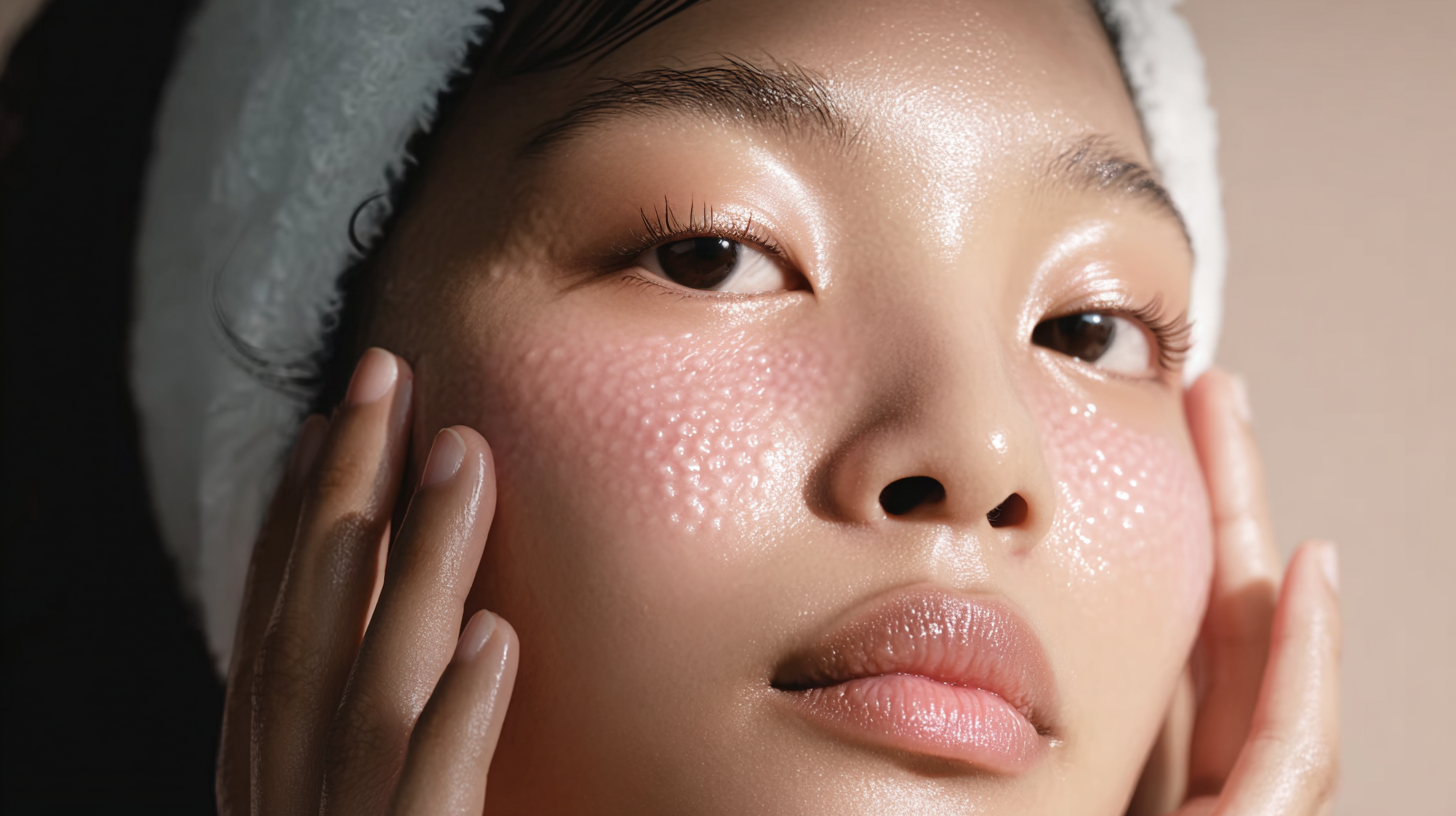What’s Missing in the Hotel Minifridge? Wellness
The minibar is one of hospitality’s most overlooked revenue opportunities. For decades it has offered the same predictable selection: miniature bottles of spirits, a couple of mixers, and a chocolate bar that could be bought for a fraction of the price at the nearest shop. Yet with alcohol sales declining and wellness now a priority for travellers, it is time to ask why the hotel minifridge has not evolved.
Figures from the Global Wellness Institute show the global wellness economy reached £4.4 trillion in 2023 and is expected to grow to £6.7 trillion by 2027. Wellness tourism is expanding at twice the pace of the wider travel sector. At the same time, alcohol consumption has been falling steadily, with Gen Z drinking 20 percent less than Millennials did at the same age, according to a 2018 Berenberg Research report. Guest priorities are shifting from indulgence to wellbeing, so the in-room offering needs to reflect that change.
From Bar Fridge to Beauty Bar
Some spa-focused hotels have upgraded their minibars to include cold-pressed juices, kombucha and vitamin waters. Few, however, have explored the growing potential of beauty and self-care products. The concept is straightforward: transform the minibar into a wellness fridge that offers both immediate enjoyment and a link to the hotel’s spa retail.
Imagine checking in after a long-haul flight, opening the fridge, and finding a 111SKIN Rose Gold Brightening Facial Treatment Mask chilled to the ideal temperature for a post-flight boost. Beside it, a Natura Bissé Diamond Ice-Lift to smooth and firm before an evening out. For puffy eyes, an Elemis Pro-Collagen Eye Revive Mask is ready to use. And for those who struggle to sleep in an unfamiliar bed, NEOM’s Perfect Night’s Sleep Pillow Mist offers a soothing final touch.
Stocking up on wellness is a commercially smart choice. Guests who try a product in the room are more likely to buy it in the spa boutique or book a treatment that features it. It becomes a form of live sampling with a much higher conversion rate than a static display in the lobby.
Meeting the Needs of Every Generation
A carefully curated beauty fridge can appeal to a broad audience.
Gen Z values photogenic experiences and functional products that slot into their wellness routines. Adaptogenic drinks such as DIRTEA mushroom coffee and cooling hydrogel masks that look good on social media tick both boxes.
Millennials are driving the self-care sector and expect travel to match their at-home routines. They gravitate towards multi-step skincare, ingestible beauty supplements and premium aromatherapy.
Gen X and Boomers increasingly focus on longevity, prevention and restorative sleep, making collagen sachets, anti-ageing serums and recovery treatments attractive options.
Operational and Branding Benefits
A cosmetic minibar creates a fresh, high-margin revenue stream that does not compete with the hotel’s restaurant or bar. It also reinforces the property’s image as a forward-thinking wellness destination. Most importantly, it strengthens the emotional connection between guest and brand, increasing the likelihood of repeat bookings.
This concept can also support sustainability objectives. Many luxury beauty brands such as VOYA and Ancient + Brave now offer recyclable or compostable packaging. Stocking long-shelf-life beauty products reduces food and beverage waste, while still allowing for a smaller, targeted drinks selection.
Choosing the Right Products
The selection should focus on products that perform better when refrigerated and that represent the spa’s signature brands. Each product should be presented with an in-room menu card listing the retail price, where to find it in the spa, and a note that full-size versions are available in the boutique. This turns the fridge into a selling tool rather than just an amenity.
Hotels can rotate seasonal product edits: hydrating mists and cooling masks in summer, richer creams and warming balms in winter. Product partners can co-fund the programme in exchange for in-room placement, much like traditional minibar suppliers. Spa therapists can be trained to upsell fridge products during treatments, linking the in-room experience directly with the spa.
QR codes on packaging can link to short videos from the spa’s lead therapist demonstrating application techniques or to treatment booking pages. This turns the fridge into an interactive wellness station rather than a static cabinet.
A Shift Worth Making
For hotels and resorts that aim to deliver memorable stays, the minibar remains an underused stage for creativity. Stock it with thoughtfully chosen beauty and wellness products and it becomes more than a place for snacks. It evolves into an extension of the spa, a source of additional income and a guest experience that stays in the mind long after check-out.
The real question is not whether guests will embrace beauty in the minibar, but how soon the industry will seize the opportunity.









